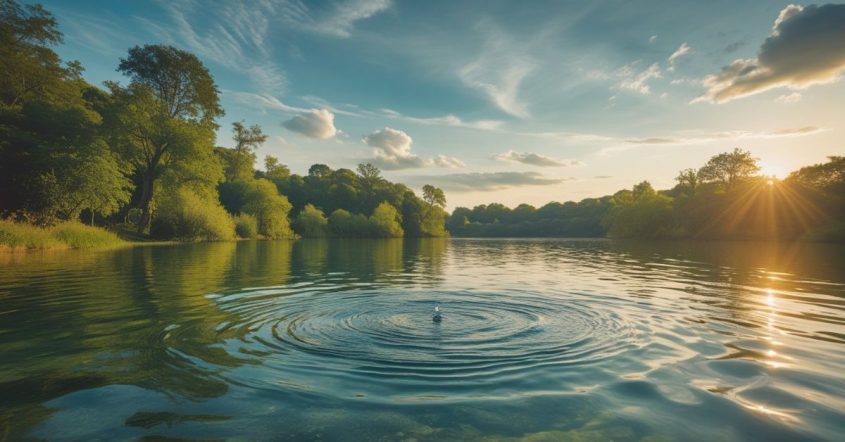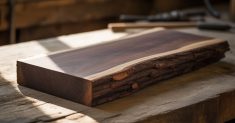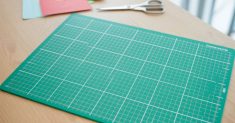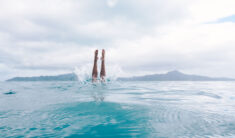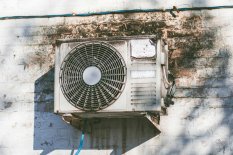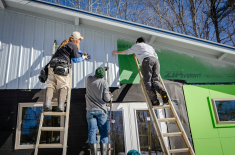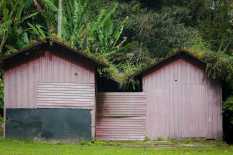A mikveh is a special type of water used for ritual immersion in Judaism. It is a vital part of Jewish life and law, playing an important role in conversion, family purity, preparation for holidays, and spiritual renewal. For many, the mikveh is a place of transformation and holiness.
But what happens when someone lives in a place where there is no traditional mikveh building? Could a natural lake be used instead? In this article, we explore this important question. We will look at Jewish laws, different types of water sources, and the conditions needed for a lake to be considered a kosher mikveh.
Halachic Principles of a Kosher Mikveh
Halacha (Jewish law) has very specific requirements for a mikveh to be valid. Here are the key rules:
- Natural Water Source: The water in a mikveh must come from a natural source such as rainwater or spring water. It cannot be water that has been drawn through a pipe or bucket, known as mayim she’uvin (drawn water).
- Minimum Water Volume: The mikveh must contain at least 40 se’ah of water, which is roughly between 575 to 750 liters (about 150–200 gallons).
- Connection to the Ground: A built mikveh must be connected to the ground — not portable or placed above ground.
- No Drawn Water: Water must enter the mikveh naturally. If it is carried or pumped into the mikveh, it becomes invalid unless done under specific halachic guidelines.
These rules ensure that the water is spiritually and ritually pure. Jewish sages teach that just as physical cleanliness comes from water, spiritual purification also needs a natural connection.
Types of Natural Water Bodies in Halacha
Jewish law talks about different types of natural water sources. Each one has unique rules:
Spring (Ma’ayan)
A spring is considered the best natural mikveh. The water flows directly from the ground and is always kosher for immersion, even when it is moving. The key requirement is that the spring is natural and not mixed with human-drawn water.
Rainwater Mikveh
If a mikveh uses rainwater, the water must flow naturally into a pool or tank. It cannot be collected in buckets or piped in. Once the rainwater is stored properly in a stationary way, it can be used for immersion.
Rivers
Rivers can be tricky. If a river is constantly flowing and mainly made of spring water, it is generally acceptable. But if a river is fed by rainwater and flows too strongly, it might not qualify. The rabbis are careful with this kind of mikveh.
Ocean
The ocean is usually acceptable because of its connection to natural springs and its vast amount of water. Even though it flows, it is considered “living water.” Some people do use the ocean when no other mikveh is available.
Lake
Lakes are bodies of water that do not flow like rivers and are often fed by rain or underground springs. Whether a lake is kosher depends on several halachic factors that we will explain in detail below.
Specific Halachic Criteria for Using a Lake as a Mikveh
Can a lake be a kosher mikveh? Yes — but only if it meets certain conditions. Here’s what halacha requires:
1. Natural Formation
The lake must be naturally formed, not created by digging and filling it with drawn water. If a person digs a hole and fills it with hose water or tap water, it is not kosher.
2. Water Source
The water in the lake must come from natural sources — mainly rain or underground springs. If it’s filled through pipes, pumps, or human action, it’s not acceptable.
3. Stationary Water
Water in the lake should be still, not moving or draining out. A flowing lake, or one connected to a fast-moving river, may not meet the halachic definition of a proper mikveh.
4. Minimum Volume
The lake must hold at least 40 se’ah (575+ liters). Thankfully, most lakes easily meet this requirement.
5. No Drawn Water
The lake must not have been artificially filled at any time. If water was added with a hose, bucket, or pipe, it might lose its kosher status.
6. Clean and Accessible
The water should be clean enough for a person to immerse. Mud, thick algae, and floating debris might become a halachic problem.
All these points must be checked carefully. A lake that seems acceptable at first glance may not be valid according to halacha.
Chatzitzah and the Laws of Full Immersion
Even if the water source is kosher, the immersion must be done properly.
What is Chatzitzah?
A chatzitzah is any barrier that comes between the person’s body and the water. This can make the immersion invalid.
Examples of Chatzitzah:
- Mud stuck to the skin
- Leaves, seaweed, or slime
- Tight clothing
- Jewelry, makeup, nail polish, or tangled hair
Before immersion, a person must remove all such barriers. The body should be fully clean so that nothing blocks the water from touching the entire skin.
In a natural lake, chatzitzah is more likely. Leaves, bugs, and mud are common. That’s why extra preparation is needed before going into the water.
Privacy, Modesty, and Safety Concerns
Halacha also requires modesty during immersion, especially for women. Lakes in public parks or open areas may not be private enough for halachic use.
Privacy Issues:
- The area should be quiet and hidden from public view.
- The person should be able to immerse alone or with a trusted companion.
Safety Factors:
- The lake should not be too deep, slippery, or cold.
- Wild animals, rocks, or unstable ground can be dangerous.
- Drowning risks must be taken seriously.
Lighting and Visibility:
- Many halachic immersions happen at night (especially for women). A dark, natural lake without lighting can be unsafe.
Supervision:
- According to halacha, a woman should be supervised during immersion by another observant woman (called a shomeret) to make sure her entire body is submerged.
Because of these concerns, even if the lake is technically kosher, it might not be practical or safe for regular use.
When Can a Lake Be Used as a Mikveh?
A lake may be used as a mikveh under certain conditions:
1. In Remote Areas
If someone lives far from a built mikveh, and travel is impossible, a kosher lake may be permitted. This includes areas with no Jewish infrastructure.
2. In Emergency Situations
If the local mikveh is closed or broken, or if a person is traveling, a natural lake may be used temporarily.
3. Only with Rabbinical Approval
Even if all halachic conditions seem to be met, a person should always ask a qualified rabbi before using a lake. Each situation is different.
Some rabbis are more lenient in remote or rare situations. Others are stricter, especially when modesty and safety are involved.
Real-World Examples and Community Practices
Throughout Jewish history, Jews have used natural water bodies for mikveh, especially in rural or underdeveloped areas.
Europe
In pre-modern Europe, rivers and lakes were commonly used before formal mikvaot were built. Women would often immerse at night, accompanied by other women, even in freezing weather.
North America
Early Jewish settlers in North America sometimes used lakes or rivers before synagogues or mikvaot were established. Some still do in remote communities.
Israel and Other Countries
In some areas of Israel, small natural pools or lakes are used by religious groups for immersion in nature, especially among certain Hasidic or mystical circles. However, halachic approval is always sought first.
Today, while most people prefer built mikvaot, the use of natural water remains a powerful connection to spiritual purity and nature.
Conclusion
The laws of mikveh are complex but deeply meaningful. Immersing in natural water like a lake can be a spiritually uplifting experience, but it must be done with care.
While a lake can be a kosher mikveh, it requires careful halachic evaluation. It is not enough for the water to be clean or natural — it must meet all the rules of Jewish law. Privacy, safety, modesty, and supervision are also essential.
If you’re ever in a situation where a lake seems like your only option, consult with a knowledgeable rabbi. With the right conditions, immersing in nature can be both beautiful and kosher — a true meeting point between physical creation and spiritual elevation.

